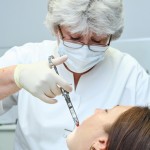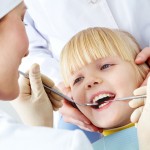
The aim of this new Cochrane protocol is to evaluate the effects of methods for acceptance of local anaesthetic in children during dental treatment. As the protocol notes three factors have been considered to influence discomfort during delivery of local anaesthetic: factors related to the patient, equipment factors and aspects that are under control [read the full story…]




